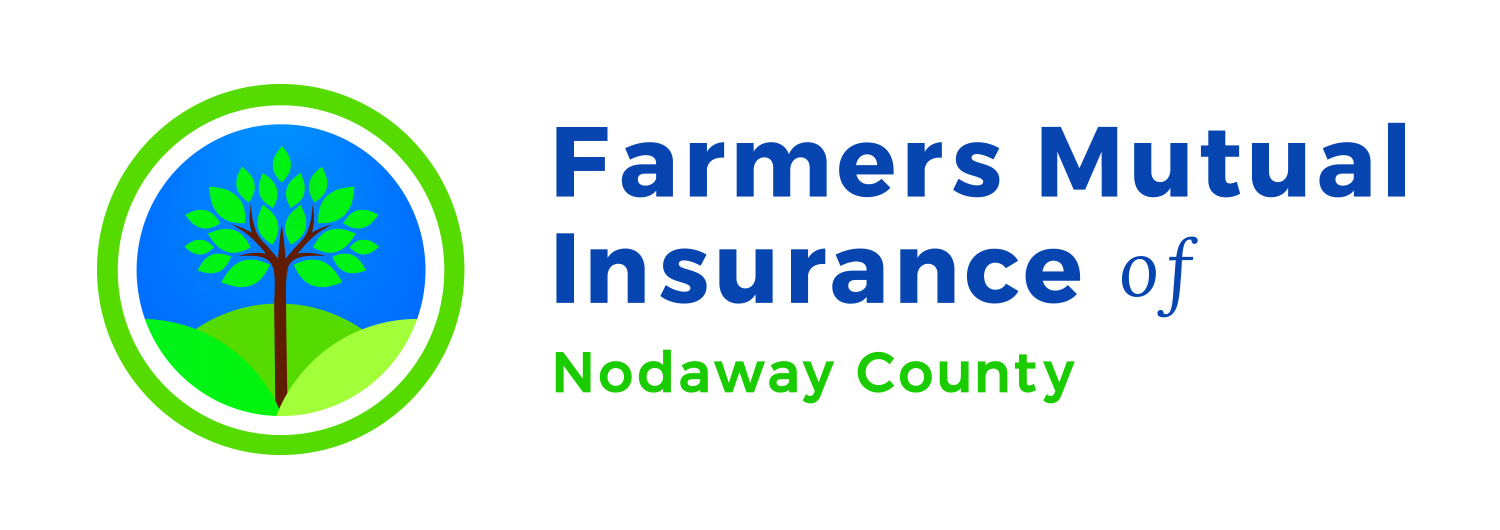 Citizens, public officials, and other leaders will have an opportunity to hear about how they can help improve recently released maps showing broadband availability in their area at 1 pm, Tuesday, December 13. Billions of dollars in broadband funding are at stake.
Citizens, public officials, and other leaders will have an opportunity to hear about how they can help improve recently released maps showing broadband availability in their area at 1 pm, Tuesday, December 13. Billions of dollars in broadband funding are at stake.
Missouri’s Office of Broadband Development (OBD) will host a virtual video call on the topic in collaboration with the Northwest Missouri Regional Council of Governments, which serves communities in Atchison, Gentry, Holt, Nodaway and Worth Counties.
Newly created Federal Communications Commission maps will determine what share of $42.45 billion in federal broadband funding will come to the state of Missouri through the Broadband Equity, Access and Deployment program (BEAD), a component of the Infrastructure, Investment and Jobs Act. The map will identify what locations in the state qualify for help using those funds.
To see the FCC map, navigate to broadbandmap.fcc.gov. For instructions on how to navigate the FCC map or file a challenge please see a short video available at youtube.com/watch?v=
At the meeting, OBD staff will review what the map shows about the region and introduce attendees to the FCC’s challenge process, which allows individuals and institutions to submit corrections to the map.
By establishing that a given location does not have the level of service listed on the map, the challenge process can open that location up to future funding opportunities and increase Missouri’s share of BEAD funding. Initial estimates indicate that each additional challenge that successfully identifies a new unserved location could be worth thousands of dollars of broadband infrastructure funding to the state.
“Lack of access to broadband prevents many Missourians from taking advantage of the digital economy,” OBD Director BJ Tanksley said. “To bridge the digital divide across the state of Missouri, we need to document who in Missouri doesn’t have broadband coverage.”
The National Telecommunications Information Agency, the federal agency responsible for the BEAD program, has indicated that all challenges filed by January 13 will be considered in their decision about how much BEAD funding each state receives. Challenges filed after that date are still important to ensure that no locations are missed when the time comes to fund projects using the BEAD allocation.
In addition to encouraging individuals to file challenges, OBD staff will review how local institutions can promote participation in the challenge process and work with local officials to identify data sources that could be used for larger-scale challenges.
Previous maps used for federal broadband programs classified locations as served, underserved or unserved based on whether any location in their census block received service. This meant that many locations were treated as “served” and excluded from public broadband funding because someone in their area had access. The new maps list the service the FCC believes is available at every location in the country that might be in the market for mass-market broadband – giving a more accurate view of who lacks access to this important economic resource.
This event is only one component of the extensive technical assistance OBD plans to offer to individuals, local governments, and other groups interested in participating in the challenge process. At 1 pm, Friday, December 16, OBD will hold a statewide call for anyone interested in hearing more about how they can participate in the challenge process.
OBD is partnering with the University of Missouri Extension to provide in-person technical support for anyone interested in filing challenges at their county offices across the state. The OBD will also answer questions about the challenge process over the phone at 573.526.1028 or by email at broadband@ded.mo.gov.
Beginning in 2023 Missouri will use BEAD funding to launch its Connecting All Missourians initiative, which aims to provide high-quality broadband internet to every home and business in the state.




Facebook Comments